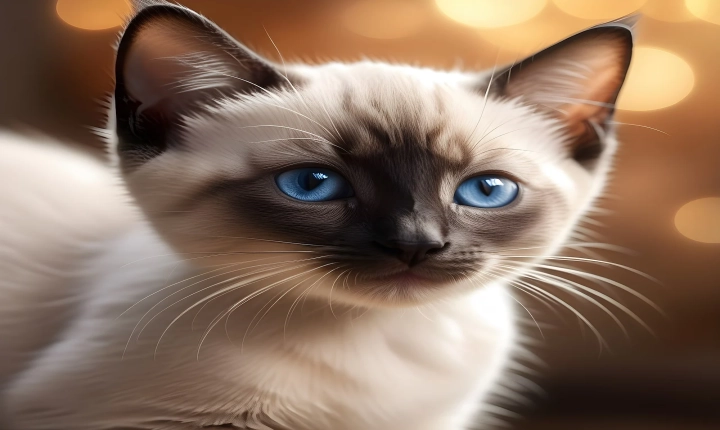Title: How to Create an AI Cover Song: A Step-by-Step Guide
In recent years, the use of artificial intelligence (AI) in music composition and production has become increasingly popular. One particularly intriguing application of AI in the music industry is the creation of AI cover songs, where a machine learning algorithm is used to replicate and reinterpret existing songs in a unique and often surprising way. This process allows musicians and producers to generate fresh interpretations of well-known tracks, offering a new perspective on familiar music.
If you’re interested in exploring the creation of AI cover songs, here is a step-by-step guide to get you started:
1. Selecting the Source Material:
The first step in creating an AI cover song is to choose the source material. This could be a popular song, a classic tune, or any other track that you’d like to reinterpret using AI. Consider selecting a song with distinct melodic and rhythmic elements to provide the AI algorithm with a clear basis for its interpretation.
2. Training the AI Model:
Once you have chosen the source material, the next step is to train an AI model to create the cover song. There are various AI tools and platforms available, such as Magenta, OpenAI’s Jukebox, or Amper Music, that offer different approaches to generating music. These platforms use deep learning algorithms and neural networks to analyze and synthesize music, allowing you to train the model using the selected source material.
3. Input Parameters and Constraints:
When training the AI model, you can input specific parameters and constraints to guide the cover song creation process. For example, you can specify the style, genre, or mood that you want the AI to capture in its interpretation. Additionally, you may input constraints related to the instrumentation, tempo, or structure of the cover song to align with your creative vision.
4. Iterative Refinement:
After training the AI model, it’s essential to engage in an iterative process of refinement. Listen to the output generated by the AI and identify areas for improvement or adjustment. This could involve tweaking the input parameters, adjusting the training data, or providing feedback to the AI model to enhance the quality and coherence of the cover song.
5. Collaboration and Human Input:
While the AI model plays a significant role in the creation of the cover song, it’s important to recognize the value of human input and collaboration. Musicians, producers, and composers can contribute their expertise to the process by refining the AI-generated output, adding their musical sensibilities, and injecting creativity into the final cover song.
6. Copyright Considerations:
As with any music-related project, it’s crucial to consider copyright and licensing implications when creating an AI cover song. Ensure that you have the necessary permissions and rights to use the source material for the creation of the cover song, and be aware of any legal requirements related to the distribution and use of the AI-generated music.
7. Release and Promotion:
Once you have completed the AI cover song, you can explore opportunities to release and promote the music. This could involve sharing the cover song on digital platforms, collaborating with artists or labels, or incorporating it into your own musical projects. Consider how the AI cover song can be integrated into your broader creative endeavors and how it can contribute to your artistic expression.
In conclusion, the creation of AI cover songs presents an exciting opportunity to blend technology and creativity in the music industry. By following the steps outlined in this guide, you can embark on the journey of leveraging AI to reinterpret and reimagine existing music, opening the door to a new realm of musical exploration and innovation. As AI technology continues to advance, we can anticipate further developments and possibilities in the realm of AI-generated music, offering new avenues for artistic expression and musical discovery.
